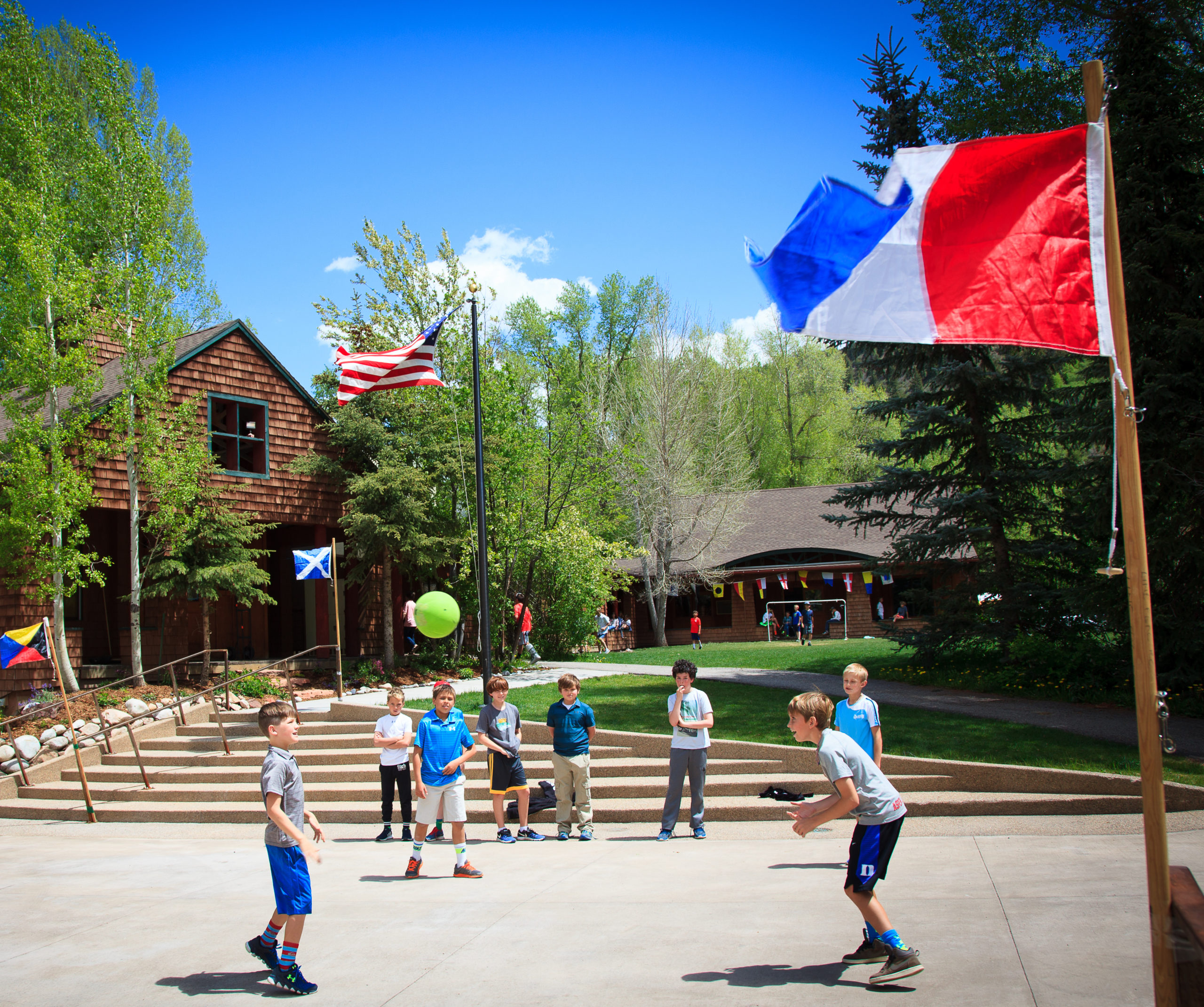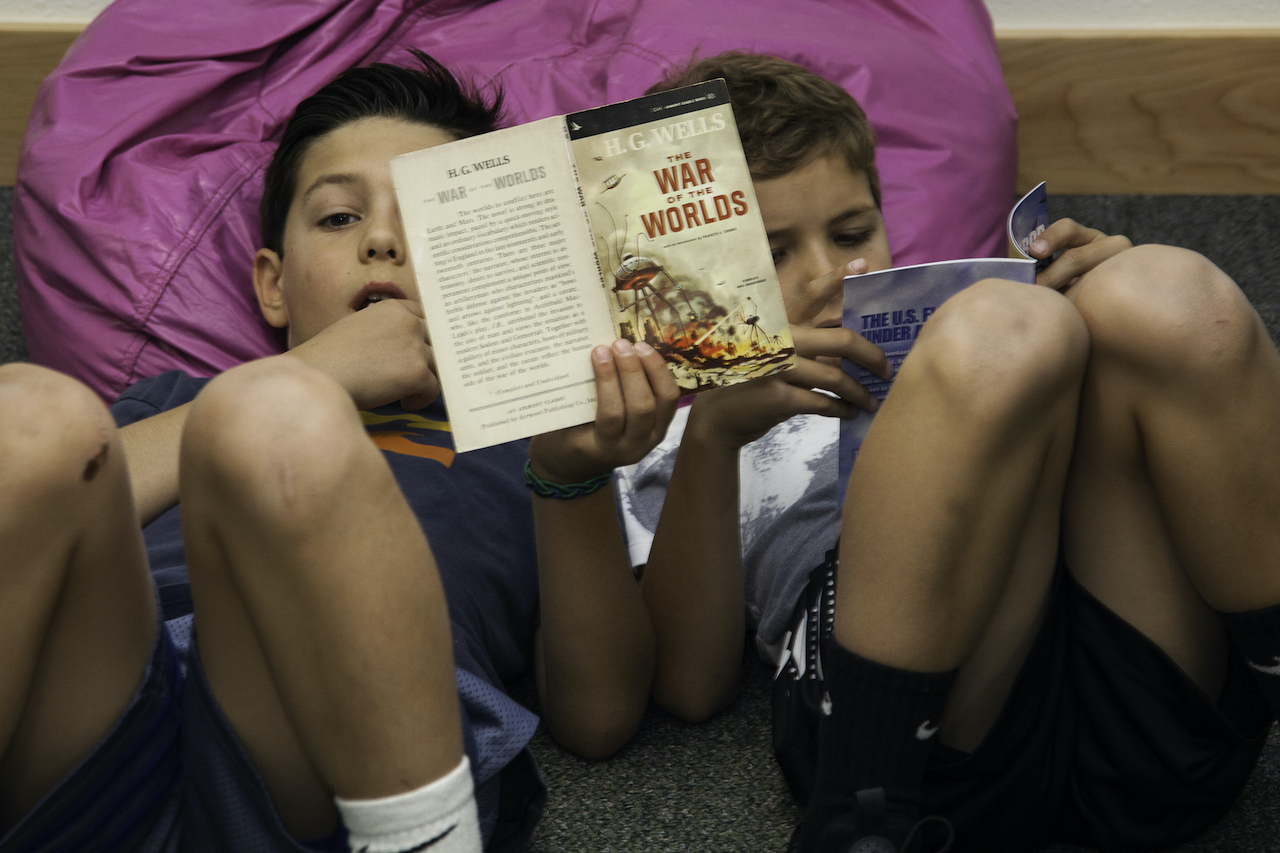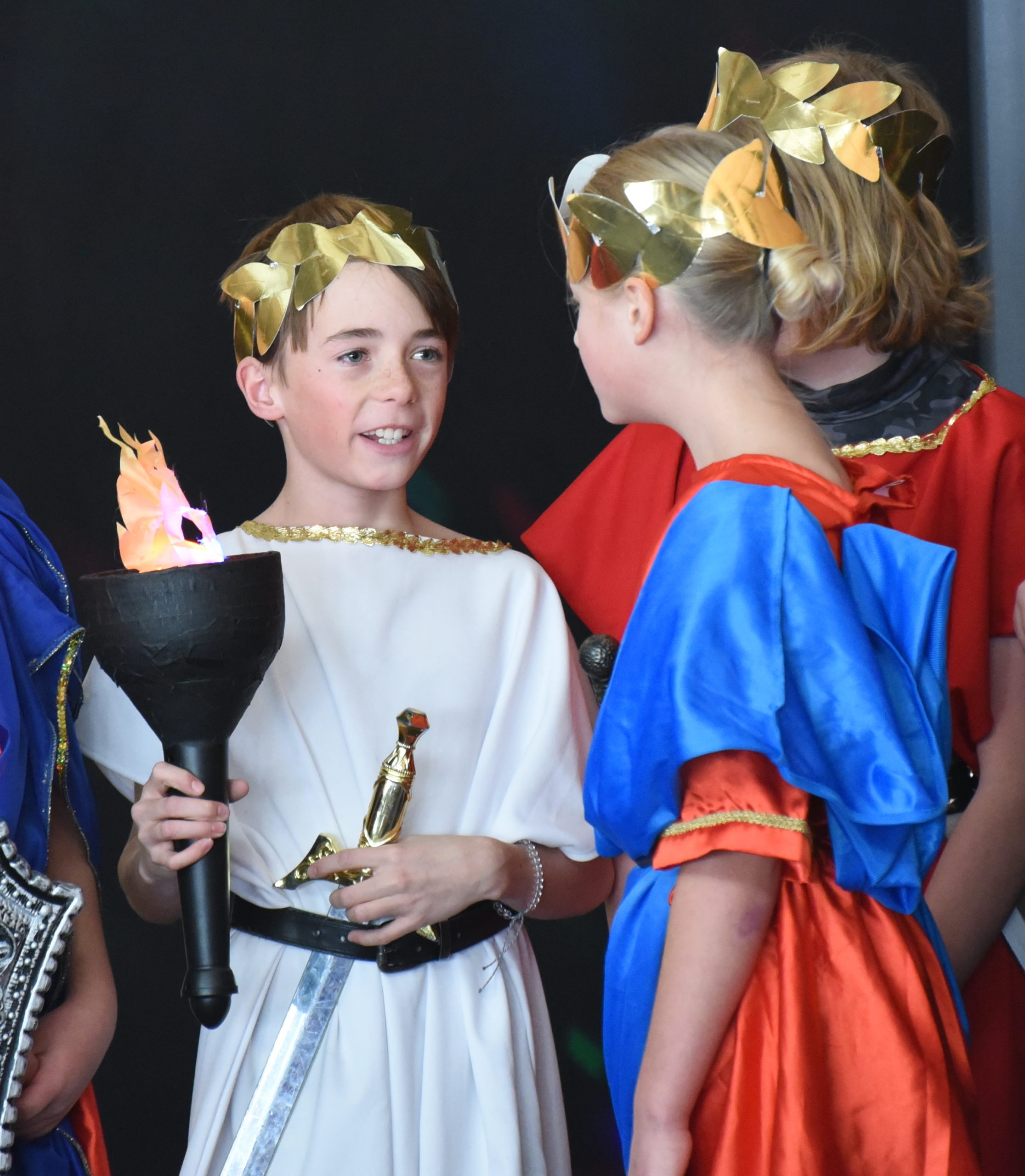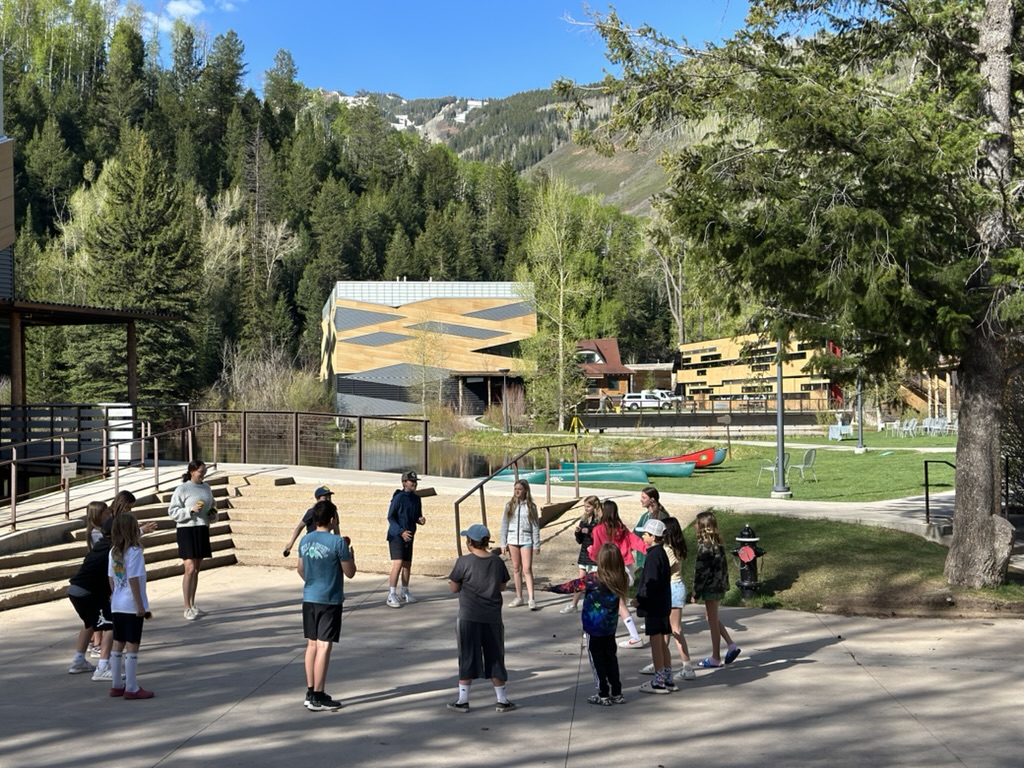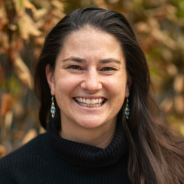Fifth Grade
At Aspen Country Day School, Fifth Grade is part of Lower School; we believe this model is the most developmentally appropriate structure for this age. Fifth Graders start their day in a homeroom with either the humanities teacher or the science/math teacher, then switch between those classrooms throughout the day. They are on the lower level of the Castle Creek building, with the sounds of the river and easy access to the plaza for spirited games of foursquare after lunch.
ACADEMICS
In Fifth Grade, children experience both depth and breadth in their studies, often discovering new subject matter that ignites their passion for learning. Perhaps it’s a great novel that turns a student on to a particular genre of literature, a water sampling project in science class that leads to an interest in biology, or a skit in Spanish class that prompts a love of performance. Fifth Graders take a wider lens on the world of possibilities that is opening to them, and caring teachers help them prepare for the Middle School years ahead.
Language Arts
Mathematics
Science
Social Studies
World Language
Arts
Fifth Graders are deepening their skills and abilities for greater creative expression. They put all the performance stages, the materials of the art room, and musical and technology tools to good use, particularly in creating and illustrating their presentations for academic classes. Shows like the Lower School Shakespeare Festival (below, Julius Caesar) and schoolwide traditions such as Halloween and Blue Green Days bring out the Fifth Graders’ interest in costuming and performing.
Art
Music
Drama
Outdoor & Physical Education
Looking for the Fifth Grade? You’ll likely find them outside, no matter the weather. Teachers in this team take seriously the Aspen Country Day School culture of outdoor learning, and when the pond ice freezes over at the Maroon Bells in early winter, left, they gather the class for a geology lesson about landforms in the Elk Range — and a little skating — on one of the West’s most spectacular wilderness lakes.
Physical Education
Outdoor Education
SIgnature Programs
Work hard, play hard — that could easily be the motto of the Aspen Country Day Fifth Graders. They are well on their way to becoming Middle Schoolers, but still happily anchored in the Lower School community. Recess is a favorite time for expending their considerable energy and enjoying their many friendships. Photo, left, by aspiring photographer Lily Rose S. from her Fifth Grade year.
